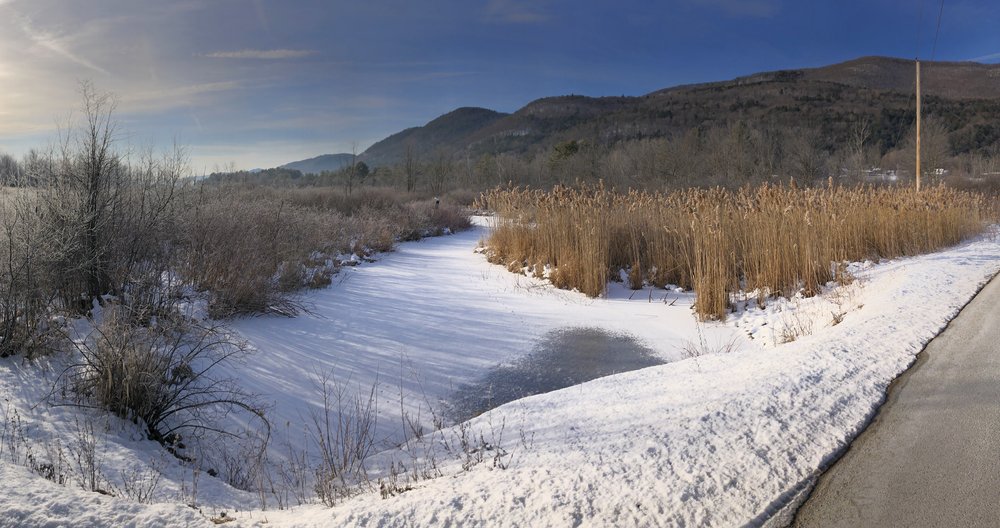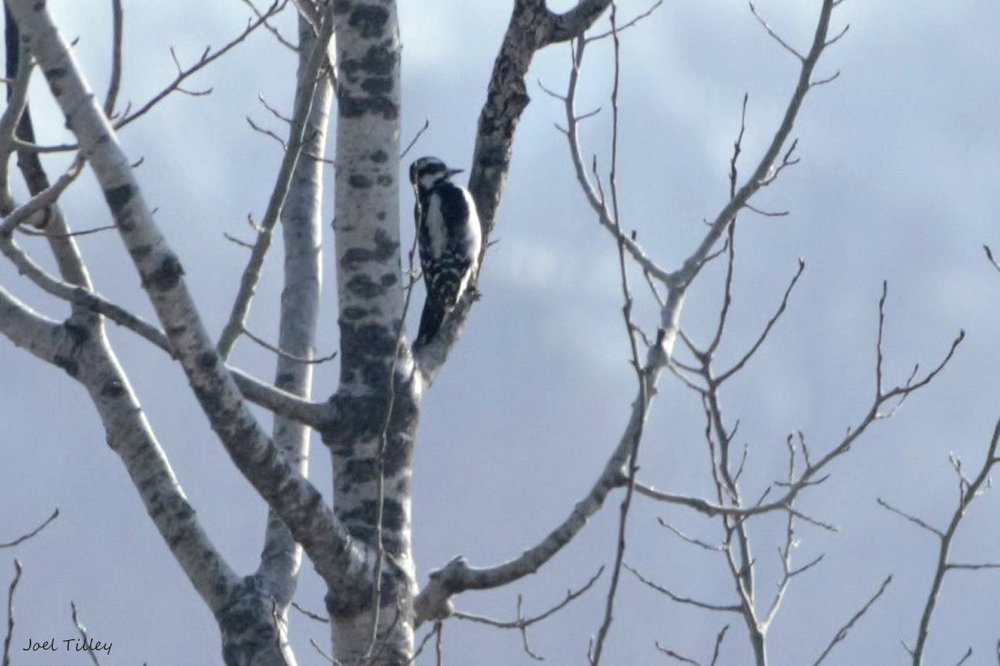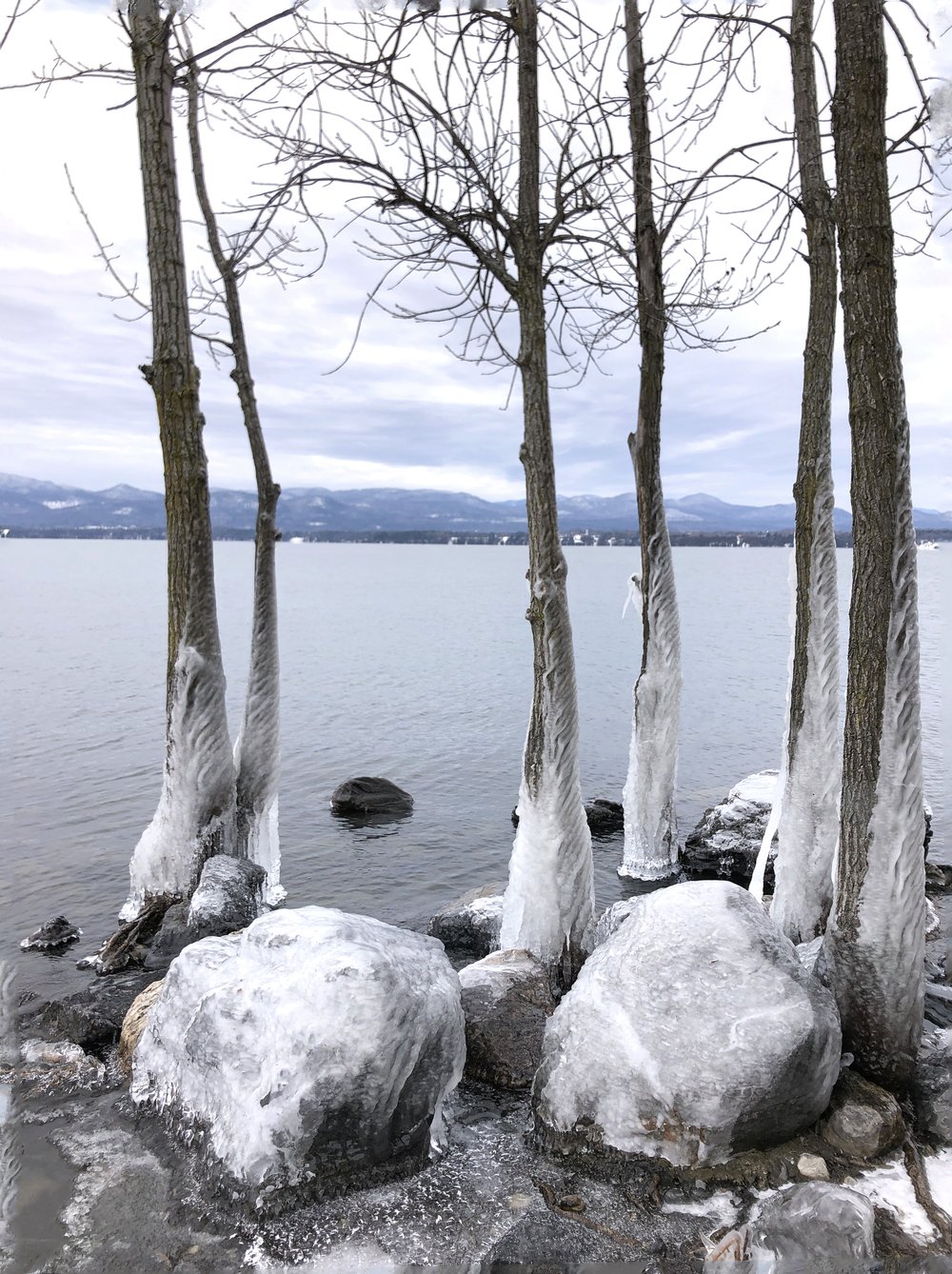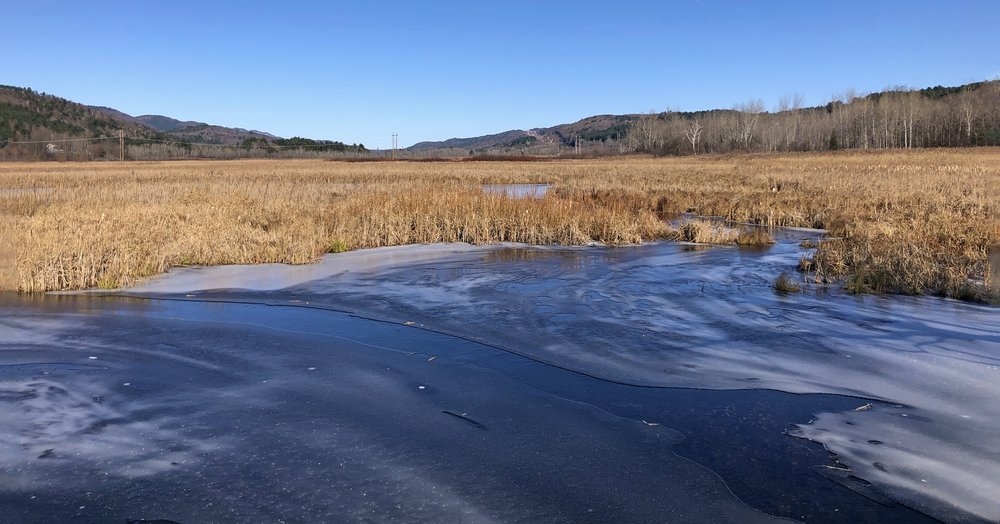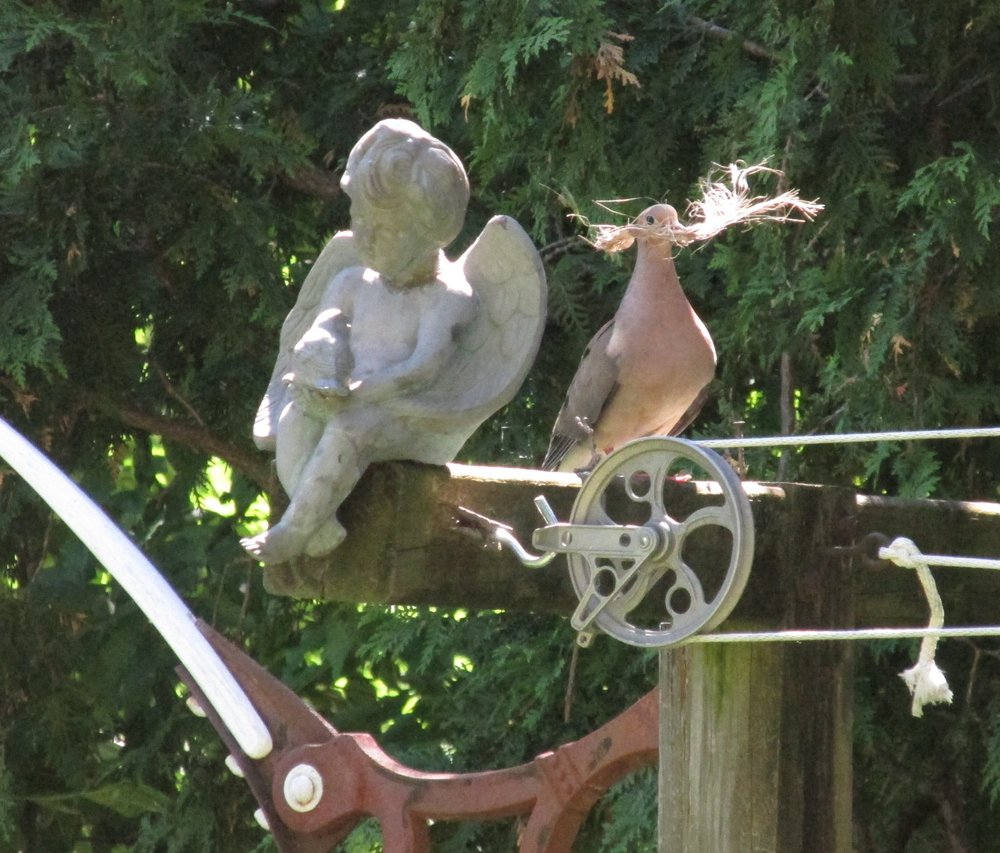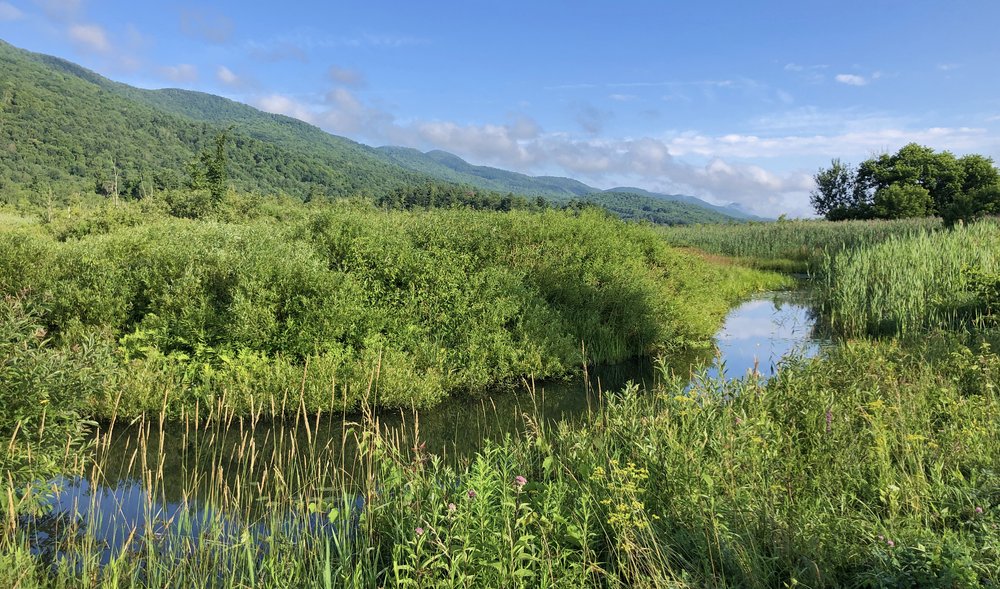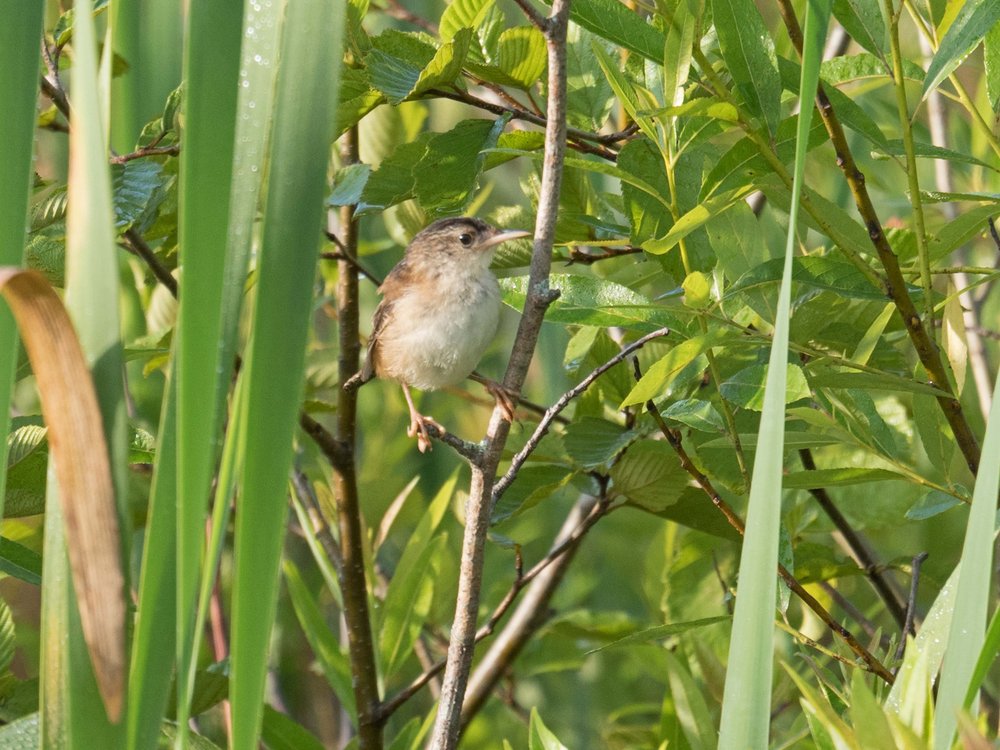We'll be posting a summary of this year's Christmas Bird Count soon, but in the meantime you may enjoy reading about one CBCer's experiences. While many of us retreat to the comfort of our cars during the count, seventy-year old C. J. Frankiewicz and his team walk their route, no matter the weather:
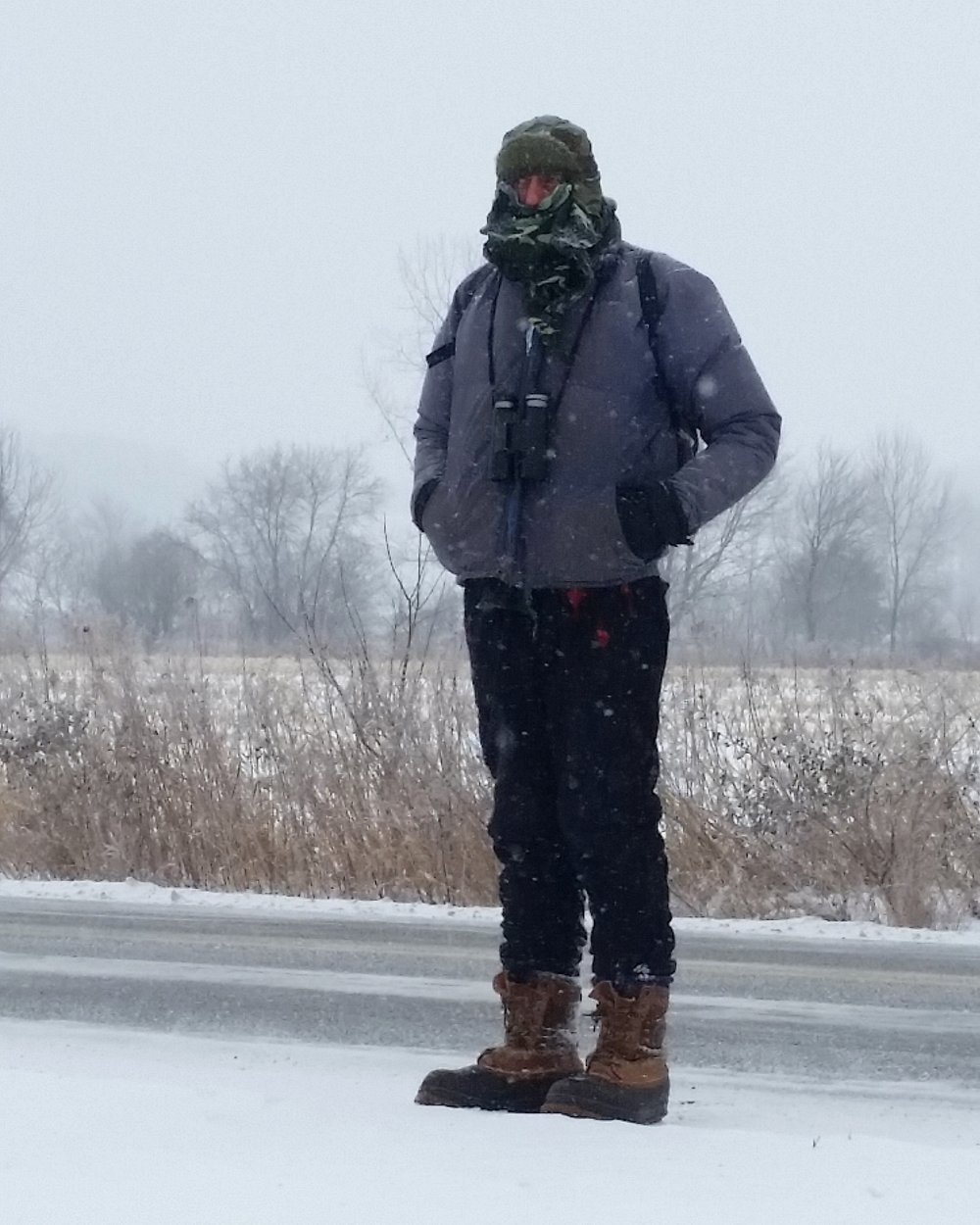 On these past stormy days while I continue my over-a-week old cold, I have compiled some history and records about our CBC off the Alfrecha Road, aka, Sector 8.
On these past stormy days while I continue my over-a-week old cold, I have compiled some history and records about our CBC off the Alfrecha Road, aka, Sector 8.
My first count was in 1981 when it was 23 below zero. I had originally been assigned to an area along Otter Crick or Furnace Brook in Proctor or Pittsford that I was totally unfamiliar with. My car’s antifreeze froze on the way there. After returning to my home on Forest Street in Rutland, I walked down to the Alfrecha Road and back, an area I was familiar with. My mother thought I was crazy and I am 'still crazy after all these years.' Except for 1984, 1989, and 1996 when I did not count, I continued the CBC there mostly alone…until Bryan Palfey joined me in 2000. We both missed counting in 2009.
The low number of species came in my first year (1981) at 13; Bryan and I counted a low of 14 in 2000, our first year together. The high number came in 2005 at 33 when we were joined by a young Henry Wilton (who has the ability to hear!).
Our average is 23 species, but the 10-year rolling average is 27, and the post-Bryan average is 26. We thought this year’s count of 27 was average and it is.
Over the years we have counted 68 species plus one more, a Bohemian Waxwing, during count week, the three days before and the three days following count day.
Bird sighting highlights are numerous: Great Blue Heron, Northern Pintail, Common Goldeneye, Northern Harrier, Kestrel, Merlin, Peregrine Falcon, Ring-necked Pheasant, Wilson’s Snipe (a regular), Short-eared Owl (the absolutely most exciting and surprising), Carolina Wren, Northern Shrike, Common Yellowthroat (CBC and count week), Swamp Sparrow, White-throated Sparrow, Lapland Longspur, Rusty Blackbird (32 in one flock one of many times), Pine Grosbeak, Red-bellied Woodpecker, and Graylag Goose. Walter Ellison helped us ID the last from an immature Greater White-fronted Goose; we certainly weren’t familiar with Graylag. A number of these were firsts for the Rutland CBC.
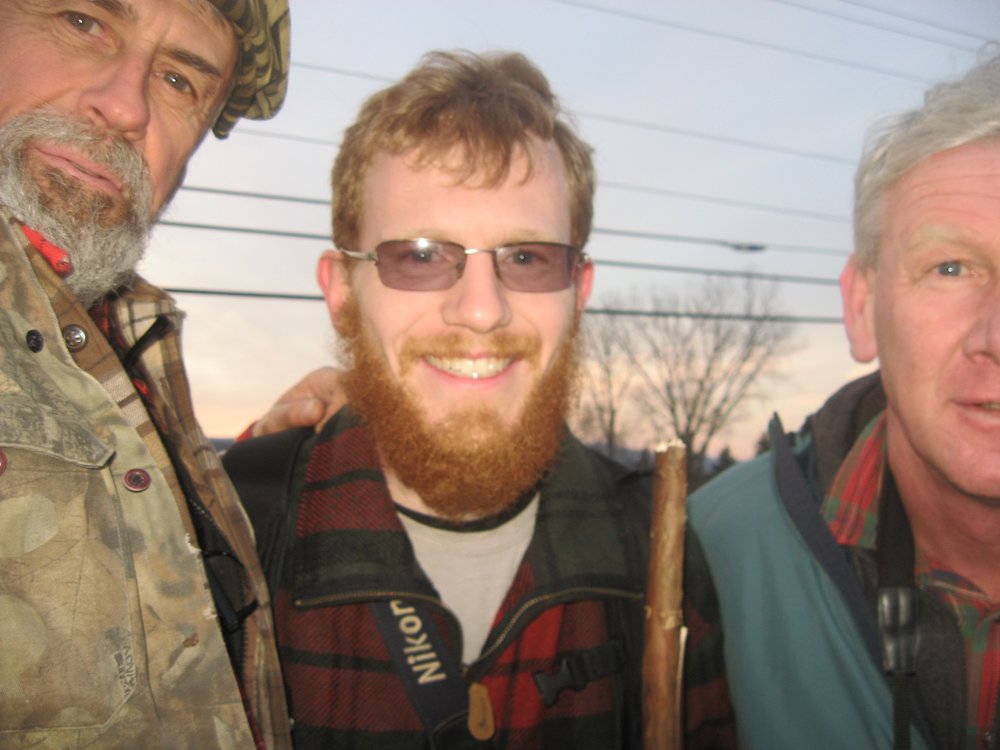 Had my hand within inches of a wing-crippled hen Wood Duck and saw a metal band on the outstretched leg of a landing American Black Duck.
Had my hand within inches of a wing-crippled hen Wood Duck and saw a metal band on the outstretched leg of a landing American Black Duck.
The non-bird highlight occurred in 2001 with Bryan and his niece Grace Robin. We saw a mink pursue and hold its bite on the throat of a muskrat. They rolled over and over in Cold River not 12 feet from us with muskrat blood a-coloring the water. Grace wrote a terrific story The Murder at Cold Creek based loosely, but quite imaginatively, on this incident. Roy wouldn’t accept my count of one for Robin! We have also seen deer, coyote, red fox, gray and red squirrels, mink, and muskrats, and plenty of gashawks (being near the airport).
This year Joel’s phone clocked his walking miles at 8.1. Some of us did more, and we skipped two areas due to time and tiredness. Over all years, all miles have been walking miles; no cars for us.
Participants have been the regulars Bryan Palfey, Steve Waite, and Henry Wilton, plus Grace Robin, Dwight Cargill, Linda Shelvey, Shelly Lutz, John Yates, Mike Blust, Theresa Waite, and Joel Tilley. For whatever reason, seems like some don't come a second time.
We have had a 100% success rate at having fun. And I’m sure I forgot some things noteworthy.
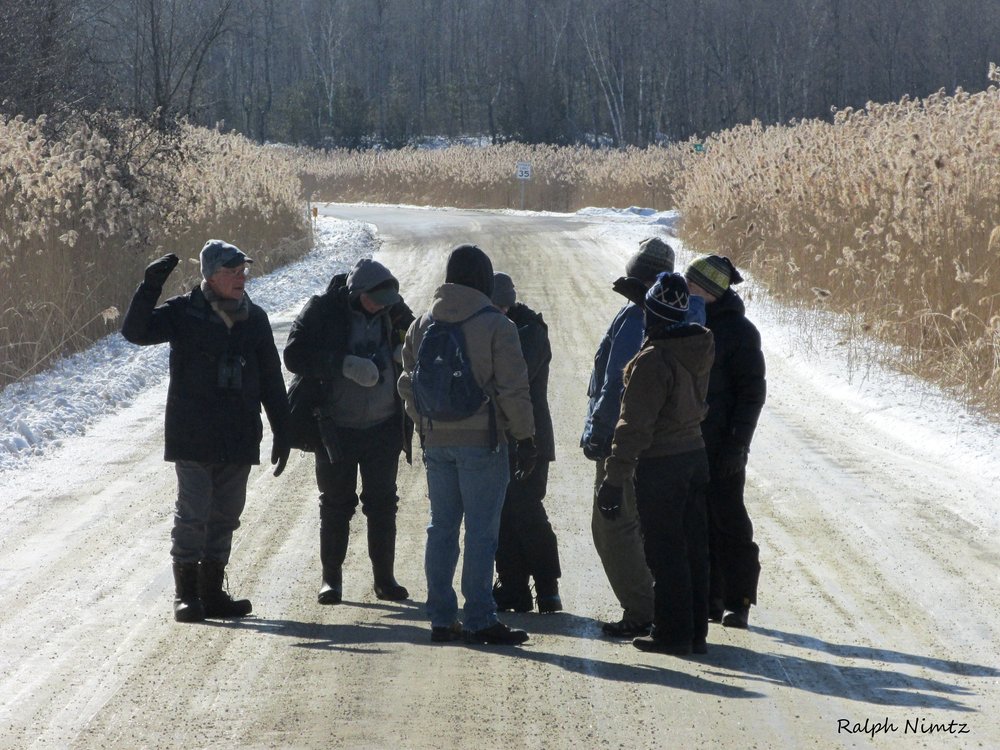 Minus 5 degrees! We were pretty sure no one would show up for the February West Rutland Marsh walk, but we were wrong. Nine, well-bundled people counted 16 species. Fortunately, it was clear and, with no wind, the sun actually felt warm on our backs.
Minus 5 degrees! We were pretty sure no one would show up for the February West Rutland Marsh walk, but we were wrong. Nine, well-bundled people counted 16 species. Fortunately, it was clear and, with no wind, the sun actually felt warm on our backs. No, it’s not spring, not even close, but we counted four American robins and two eastern bluebirds. When fruit is plentiful, those species will stay around. A black-capped chickadee was seen feeding on sumac. With that, highbush cranberry and apples among others, there is plenty available at the marsh. The two bluebirds were beautiful with the bright blue sky.
No, it’s not spring, not even close, but we counted four American robins and two eastern bluebirds. When fruit is plentiful, those species will stay around. A black-capped chickadee was seen feeding on sumac. With that, highbush cranberry and apples among others, there is plenty available at the marsh. The two bluebirds were beautiful with the bright blue sky. Black-capped Chickadee feeding on sumacNorthern cardinals were singing, although we couldn’t be sure if they were male or female as both sexes of that species sing. Tufted titmice were singing and white-breasted nuthatches were making their laughing sound.
Black-capped Chickadee feeding on sumacNorthern cardinals were singing, although we couldn’t be sure if they were male or female as both sexes of that species sing. Tufted titmice were singing and white-breasted nuthatches were making their laughing sound.